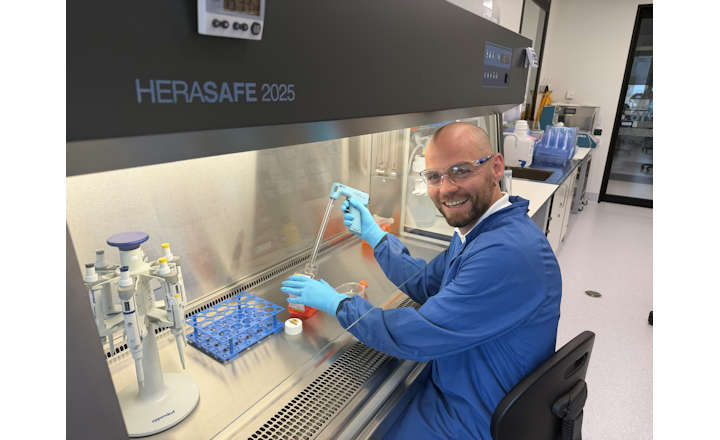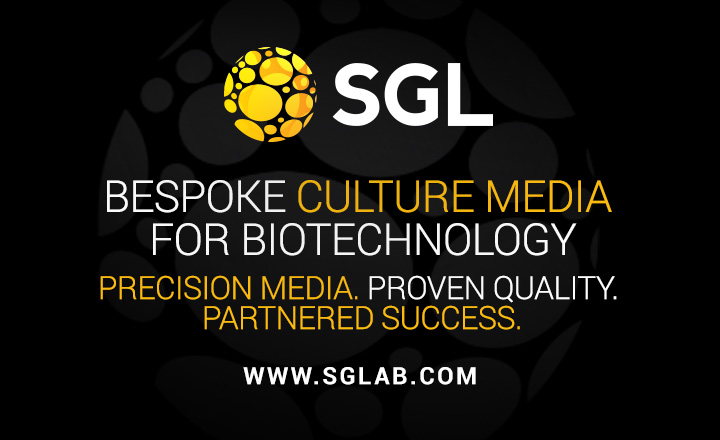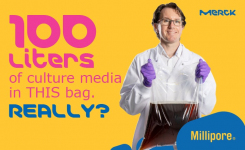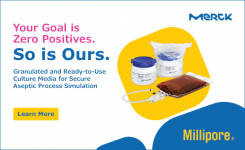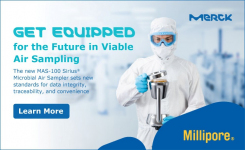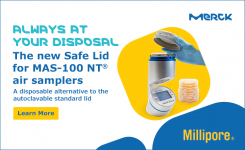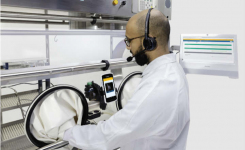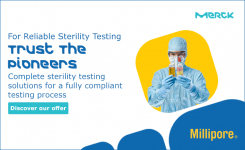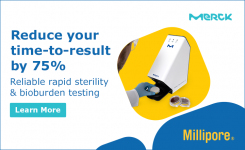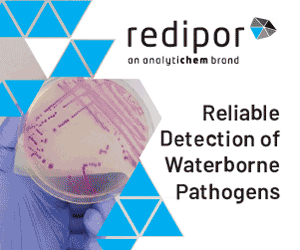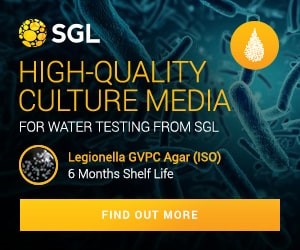- Mycosafe® Mycoplasma Reference Standards, based on all regulatory- and product-relevant mycoplasma reference strains, enable the implementation of rapid and reliable in-process control and release testing of biopharmaceutical and cell and gene therapy products. As ready-to-use, commercial preparations, they streamline laboratory workflows and thus reduce contamination risks.
- Mycosafe® Mycoplasma Reference Standards ensure compliance with regulatory requirements and are therefore ideal as validation standards and as positive controls in routine mycoplasma testing for quality control and quality assurance.
Mycoplasma contamination is a significant concern in the biopharmaceutical industry, particularly in the production of biopharmaceutical and cell and gene therapy products. These small bacteria can compromise the integrity of cell cultures and lead to serious quality control issues. Regulatory bodies such as the US FDA, the EMA, and the Japanese PMDA provide guidelines for mycoplasma testing. These guidelines specify the required methods, validation processes, and acceptable limits for mycoplasma detection in biopharmaceutical products. Compliance with these regulations is crucial for product approval and market access.
Among the mycoplasma testing methods described in the pharmacopoeias, the ones based on nucleic acid amplification techniques (NAT) are being adopted more and more as they provide faster results than the conventional growth-based culture methods. However, these alternative methods require considerable validation effort to demonstrate that they are comparable to the culture methods with respect to sensitivity and reliability before they can be implemented as a routine QC release test. In particular, determining the limit of detection of the NAT method to be used, which, according to the pharmacopoeia requirements, must be less than or equal to 10 CFU/mL for each product matrix material being tested, is one of the challenges involved.
For the accurate determination of the detection limit of a NAT method in CFU/mL, and thus for its objective comparability with the culture-based detection methods, it is essential that the ratio of GC to CFU for the mycoplasma reference standards used for spiking is below 10, where CFU represents the total number of mycoplasma cells (in colony-forming units, CFU) and GC represents the total number of genome copies per unit volume. To achieve a GC/CFU ratio of less than 10 with the required scientific accuracy, the mycoplasma reference standard preparations must be based on mycoplasma cells from the exponential (or logarithmic) growth phase. Since during the exponential phase the total number of mycoplasma cells corresponds to the number of viable cells, the total cell number can be determined by CFU counting, where one CFU represents one cell or one dividing cell, and thus one or two GC. This results in a GC/CFU ratio of 1 or 2, which is characteristic of the exponential growth phase and therefore ideal from a scientific perspective, as it allows an objective and unbiased comparison of NAT-based and culture-based mycoplasma testing methods.
The newly updated General Chapter 2.6.7. Mycoplasmas, which has just been published in Issue 12.2 of the European Pharmacopoeia and will enter into force on 1 April 2026, has specified exactly these quality requirements for mycoplasma reference standard preparations used for the validation of NAT-based methods, thereby confirming that the GC/CFU ratio should be "less than 10, unless otherwise justified". However, preparing such reference preparations in-house is a challenging task that requires specialized expertise and extensive experience in culturing mycoplasmas and determining their growth kinetics. Therefore, ready-to-use commercial preparations of CFU-calibrated, low-titer mycoplasma reference standards with confirmed GC/CFU values in the range of 1 to 9 can facilitate the validation burden of NAT-based methods considerably.
Mycosafe® Mycoplasma Reference Standards are ready-to-use low-GC/CFU cell suspensions of mycoplasmas in the mid to late exponential growth phase. They can serve a wide range of quality control and other quantitative testing applications, and they are widely used particularly as validation standards and controls for implementing mycoplasma testing by Real-time PCR. Originally made commercially available by Professor Renate Rosengarten in 2012 under her trademark Mycosafe®, they are flash-frozen culture preparations of the entire spectrum of relevant type and reference field strains of mycoplasma species that are required by regulation as test or positive control organisms for mycoplasma testing and/or that have additional product relevance as potential contaminants of 'classical' biopharmaceuticals and/or of advanced therapy medicinal products (ATMPs). These ready-to-use, deep-frozen preparations of all regulatory- and product-relevant mycoplasma reference strains are CFU-calibrated in low titer format based on the total mycoplasma cells and have a defined low GC/CFU ratio in the range of 1 to 9 according to the regulatory prescribed acceptance criterion of less than 10.
Mycosafe® Mycoplasma Reference Standards can be used for a variety of mycoplasma testing applications such as:- Generic and product-specific validation of NAT-based mycoplasma testing methods
- Comparability studies between NAT and the conventional culture methods
- Positive controls in routine mycoplasma testing
- Growth promotion testing of culture media for mycoplasmas
- Disinfectant challenge tests
The product portfolio of Mycosafe® Mycoplasma Reference Standards specified in the pharmacopoeias are now distributed by Merck and are available in either viable or heat-inactivated product format.
By confirming the reliability and efficiency of NAT-based mycoplasma testing assays, the Mycosafe® Mycoplasma Reference Standards contribute significantly to the overall safety and quality of biopharmaceutical and cell and gene therapy products. As biopharmaceuticals and cell and gene therapies continue to evolve, the integration of advanced mycoplasma testing methods and appropriate well-defined mycoplasma reference standards will be essential for maintaining high standards of quality control and regulatory compliance.
Page updated 30 October 2025




